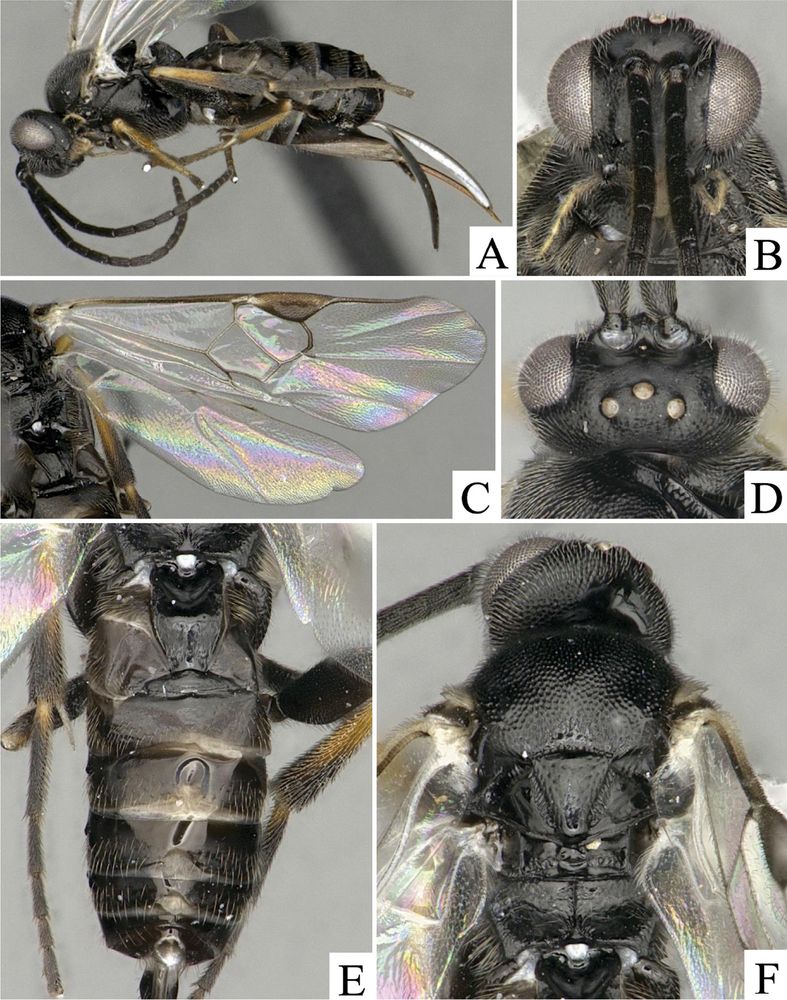Jim Hayden
@jeh8i8.bsky.social
20 followers
37 following
12 posts
Lepidopterist in Florida
Posts
Media
Videos
Starter Packs
Reposted by Jim Hayden
Jim Hayden
@jeh8i8.bsky.social
· Sep 10
Reposted by Jim Hayden
Reposted by Jim Hayden
Jim Hayden
@jeh8i8.bsky.social
· Aug 3
Jim Hayden
@jeh8i8.bsky.social
· Aug 3
Reposted by Jim Hayden
Reposted by Jim Hayden
Jim Hayden
@jeh8i8.bsky.social
· Jun 4
Reposted by Jim Hayden
Jim Hayden
@jeh8i8.bsky.social
· May 3

After paying people to leave, one federal agency is scrambling to fill positions
USDA's Animal and Plant Health Inspection Service has opened up 73 jobs to internal candidates. They include roles just vacated by people who are receiving full pay and benefits through September.
www.npr.org
Reposted by Jim Hayden
Reposted by Jim Hayden
Jess Awad
@parasitoidrex.bsky.social
· Apr 28
Research from @smnstuttgart.bsky.social shows #LLM #AI chatbots reflect typical human biases about insects:
- Bees/butterflies good, wasps bad
- 'Bees' restricted to honeybees, 'wasps' to yellowjackets, underplaying masses of vital species
onlinelibrary.wiley.com/doi/pdf/10.1...
#bugsky #scicomm
- Bees/butterflies good, wasps bad
- 'Bees' restricted to honeybees, 'wasps' to yellowjackets, underplaying masses of vital species
onlinelibrary.wiley.com/doi/pdf/10.1...
#bugsky #scicomm

Some Insects Are More Equal Than Others: A Comparison of Popular Large Language Model Chatbots' Treatment of Different Insect Groups
Our research demonstrates that in mirroring prevailing human biases towards different insect groups, LLM chatbots oversimplify insect diversity by predominantly restricting “bees” to honeybees and “w...
onlinelibrary.wiley.com
Reposted by Jim Hayden
Reposted by Jim Hayden
Jim Hayden
@jeh8i8.bsky.social
· Feb 12



















